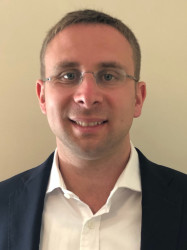BibTex format
@article{Keene:2019:10.1111/jce.14064,
author = {Keene, D and Arnold, A and Jastrzbski, M and Burri, H and Zweibel, S and Crespo, E and Chandrasekaran, B and Bassi, S and Joghetaei, N and Swift, M and Moskal, P and Francis, D and Foley, P and Shun-Shin, M and Whinnett, Z},
doi = {10.1111/jce.14064},
journal = {Journal of Cardiovascular Electrophysiology},
pages = {1984--1993},
title = {His bundle pacing, learning curve, procedure characteristics, safety, and feasibility: Insights from a large international observational study},
url = {http://dx.doi.org/10.1111/jce.14064},
volume = {30},
year = {2019}
}

